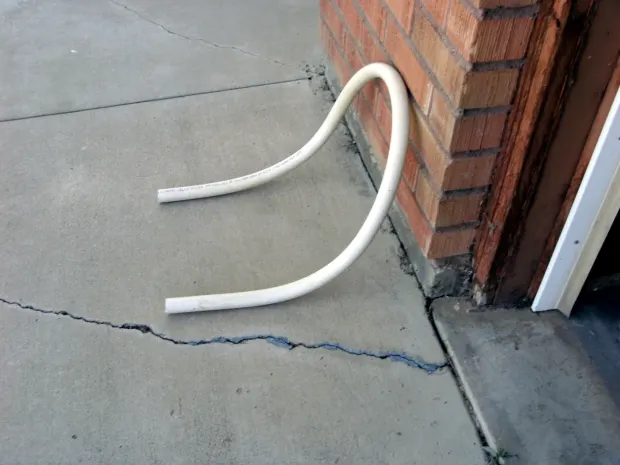Jul . 27, 2024 20:06 Back to list
Manufacturers Exploring the Benefits and Applications of PPR Pipes in Various Industries
The Importance of PPR Pipe for Manufacturers
Polypropylene Random Copolymer (PPR) piping has become an increasingly popular choice among manufacturers in various industries due to its outstanding properties and versatility. As industries evolve and the demand for innovative and efficient materials rises, PPR piping stands out as a reliable solution for a wide range of applications.
Advantages of PPR Pipe
One of the primary advantages of PPR pipe is its durability. PPR is known for its high resistance to chemicals, making it suitable for transporting a wide array of fluids, including acids and bases. This chemical inertness not only extends the lifespan of the piping system but also minimizes the risk of contamination, which is crucial in industries like food and beverage, pharmaceuticals, and chemical processing.
Additionally, PPR pipes are resistant to high temperatures. With a temperature tolerance of up to 95 degrees Celsius (203 degrees Fahrenheit), they are ideal for both hot and cold water applications. This feature is particularly beneficial for manufacturers in sectors such as construction and plumbing, where thermal stability is essential.
Another significant benefit of PPR pipes is their ease of installation. The lightweight nature of PPR pipes simplifies transportation and handling on-site. Moreover, the welding process used to connect PPR pipes ensures a seamless and leak-proof joint, which reduces the likelihood of water loss and maintains pressure integrity in the system. This ease of installation not only saves time and labor costs but also enhances overall productivity in manufacturing environments.
Environmental Considerations
As sustainability becomes a focal point for manufacturers, PPR pipes merit attention not only for their functional benefits but also for their environmental impact. Being fully recyclable, PPR pipes contribute to a circular economy. Manufacturers can utilize recycled PPR materials to produce new pipes, reducing plastic waste in landfills and lessening the need for virgin materials. This aligns with the increasing corporate responsibility initiatives aimed at minimizing environmental footprints and promoting sustainability.
ppr pipe used for manufacturers

The energy efficiency associated with PPR piping systems also plays a crucial role in their environmental appeal. Their smooth inner surface reduces friction loss, enhancing the flow of liquids and contributing to lower energy consumption. This efficiency is particularly advantageous for manufacturers who aim to reduce operational costs while adhering to environmental regulations.
Applications Across Industries
Due to its numerous benefits, PPR pipe finds applications across various industries. In the construction sector, it is commonly used for plumbing systems, heating installations, and rainwater management. Its lightweight nature and flexibility allow for easy integration into complex infrastructure projects.
In the agricultural industry, PPR pipes are employed for irrigation systems. Their corrosion resistance and durability under varying weather conditions make them suitable for outdoor applications. The effectiveness of PPR piping systems in transporting water can significantly enhance crop yield and reduce water wastage.
The industrial sector also benefits from the use of PPR pipes in chemical transportation and process piping. Their resistance to aggressive chemicals makes them an ideal choice for manufacturers dealing with hazardous substances.
Conclusion
In conclusion, PPR pipes represent a robust and efficient solution for manufacturers across various sectors. Their durability, thermal resistance, ease of installation, and environmental benefits make them a preferred choice for many applications. As industries continue to evolve, the demand for sustainable and efficient materials like PPR will likely increase, positioning it as a key player in modern manufacturing processes. Embracing PPR technology not only fosters operational excellence but also contributes to a sustainable future.
-
HORON 25mm PPR Plumbing Pipes: Durable, Leak-Proof Water Systems
NewsAug.15,2025
-
Durable UPVC Column Pipes for Submersible Pumps | Efficient Water Flow
NewsAug.14,2025
-
DN100 PVC Well Casing Pipes - Durable & Corrosion-Resistant
NewsAug.13,2025
-
Flexible 32mm HDPE Pipes in Coil | Durable Water & Gas Lines
NewsAug.12,2025
-
DN50 HDPE Pipes in Coils: Flexible, Durable & Easy Install
NewsAug.11,2025
-
32mm HDPE Pipes in Coil: Durable, Flexible, Easy Install
NewsAug.10,2025

